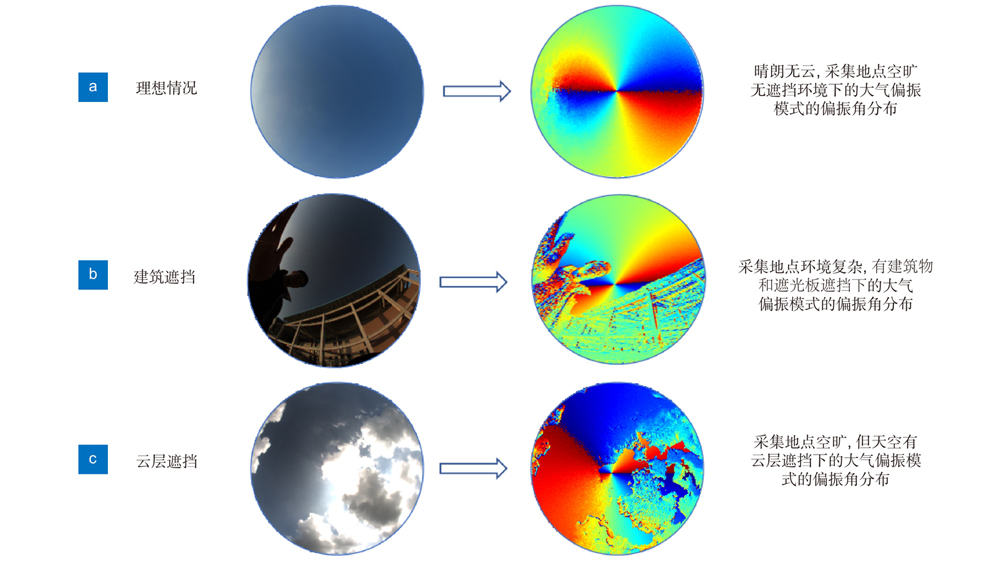Qian Cheng, Xinjian Gao, Jun Gao, Xin Wang, Tianyi Dang, Yuan Yan. A generative method for atmospheric polarization modelling based on neighborhood constraint[J]. Opto-Electronic Engineering, 2022, 49(6): 210423
Search by keywords or author
- Opto-Electronic Engineering
- Vol. 49, Issue 6, 210423 (2022)
Abstract

Set citation alerts for the article
Please enter your email address



